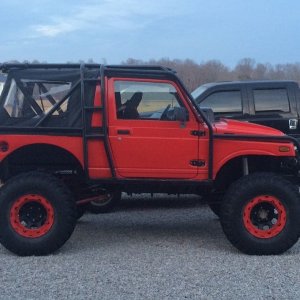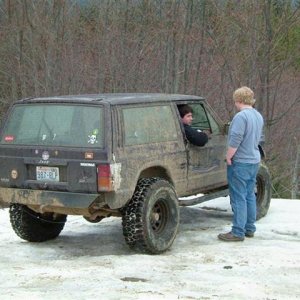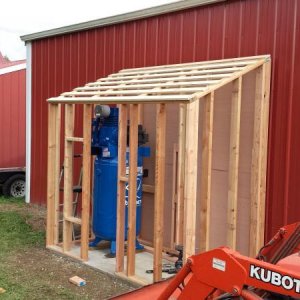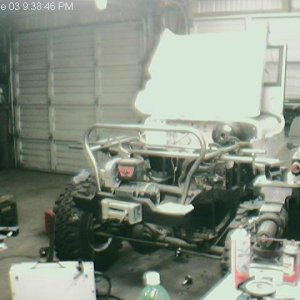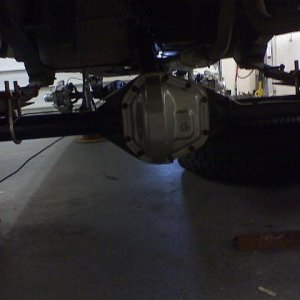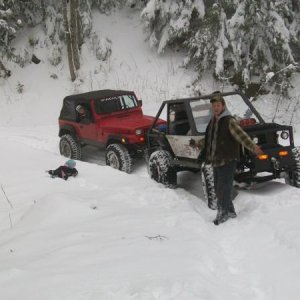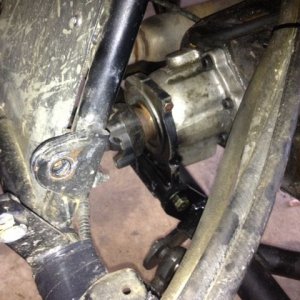Binder
Well-Known Member
Seems to be much confusion on this subject so I thought I would start a discussion here......There are many variables why one rig would roll before another but probably the single biggest variable is center of gravity and where it is in relation to the lowermost point of a rig downhill- typically the outside edge of the tire where it would roll under.....Many people think that if a rig is wider it's automatically more stable but this isn't really true. If you think about it a typical wider rig is say for instance 86 inches wide and a narrower rig is say 76 inches wide. 10 inches difference seems like a mile but the difference is from the center of the rig or 5 inches. Still seems like a lot right?.....Now go off camber with the rig say 45 degrees now the difference is only 2-1/2 inches....Now take into account the height of the center of gravity of the two vehicles. The COG is a definite point which is difficult to measure but plays a huge role in this. For the purpose of this comparison say the narrower low COG rig were say 20 inches off the ground where the wider and high COG rig is 30 inches off the ground. That's 10 inches difference. Now lets take both of these rigs off camber.....
The 86 inch wide rig at 45 degrees the outside edge of the tire is only 21 1/2 inches from the center of the rig where the center of gravity is leaning 21 inches to the side. What does this mean? This rig is a hickup from rolling....
Now take the other rig. The 76 inch wide rig at 45 degrees the outside edge of the tire is only 19 inches from the center of the rig where the center of gravity is leaning 13 inches to the side. This rig has about 6 more inches before it will roll........
What I've tried to show here assuming my math is right:eeek: on a typical rig center of gravity has a much greater impact on how stable your rig is from rolling over than width.:;
:corn:
The 86 inch wide rig at 45 degrees the outside edge of the tire is only 21 1/2 inches from the center of the rig where the center of gravity is leaning 21 inches to the side. What does this mean? This rig is a hickup from rolling....
Now take the other rig. The 76 inch wide rig at 45 degrees the outside edge of the tire is only 19 inches from the center of the rig where the center of gravity is leaning 13 inches to the side. This rig has about 6 more inches before it will roll........
What I've tried to show here assuming my math is right:eeek: on a typical rig center of gravity has a much greater impact on how stable your rig is from rolling over than width.:;
:corn:

